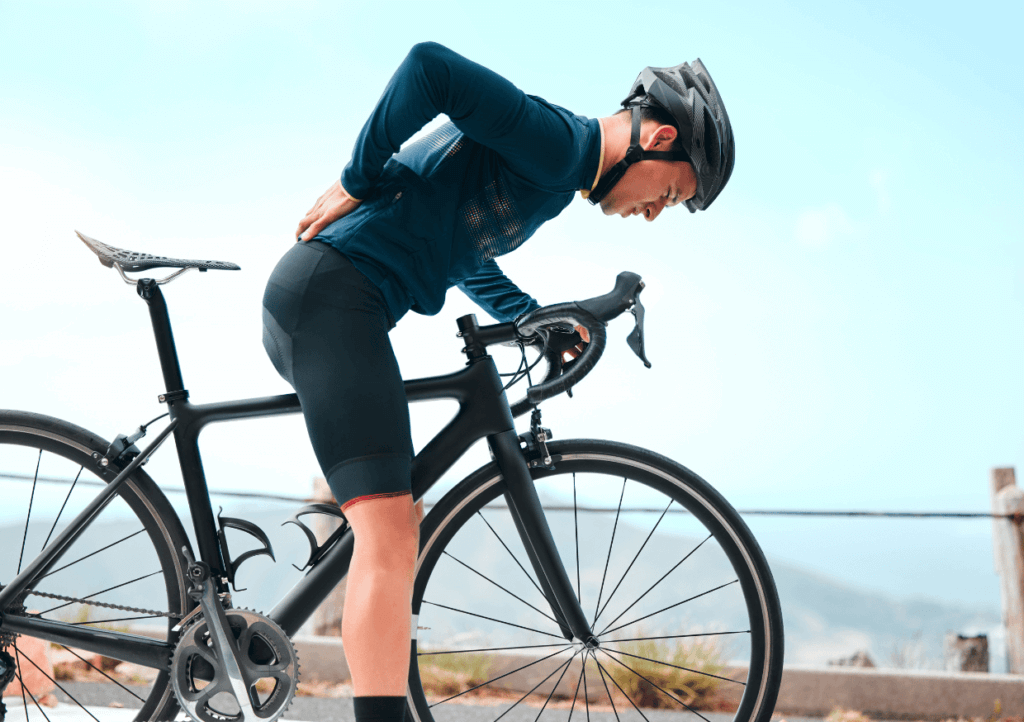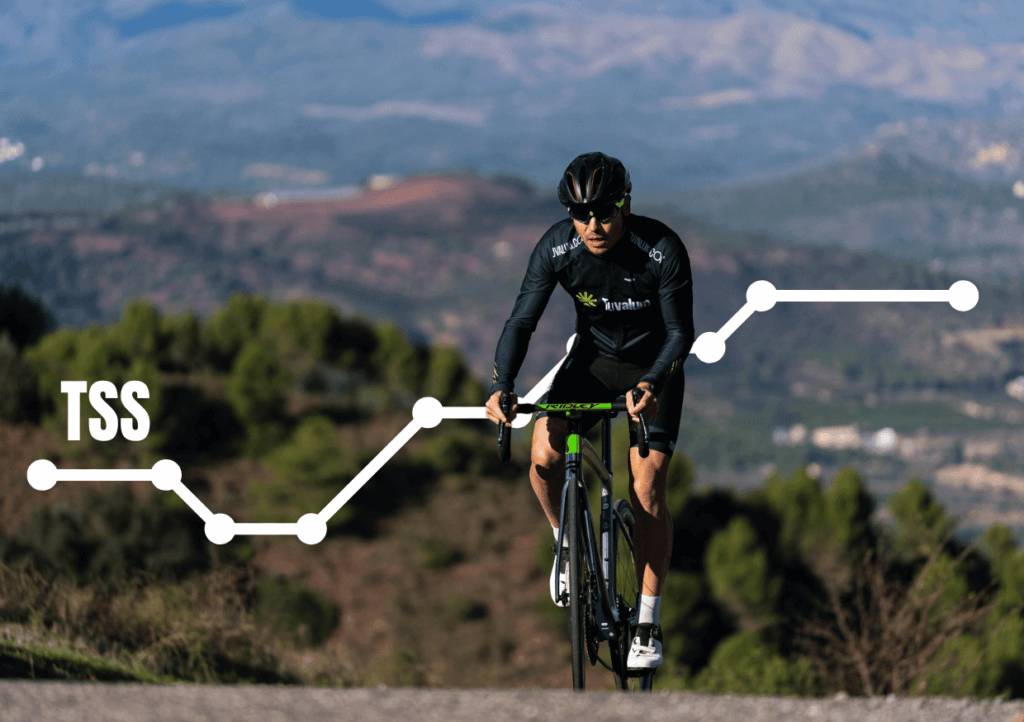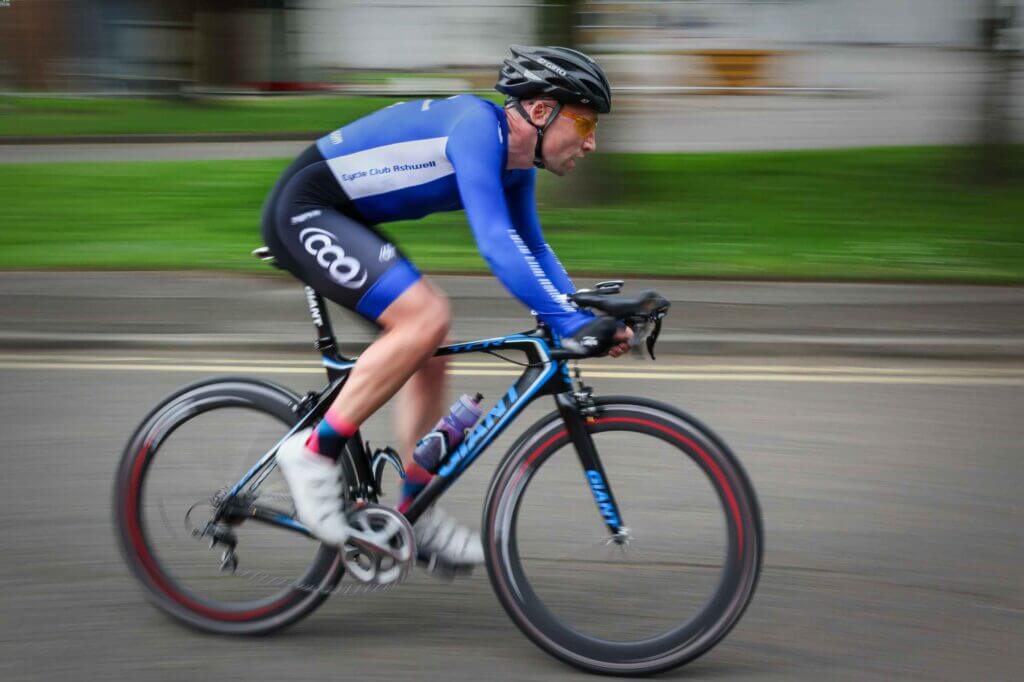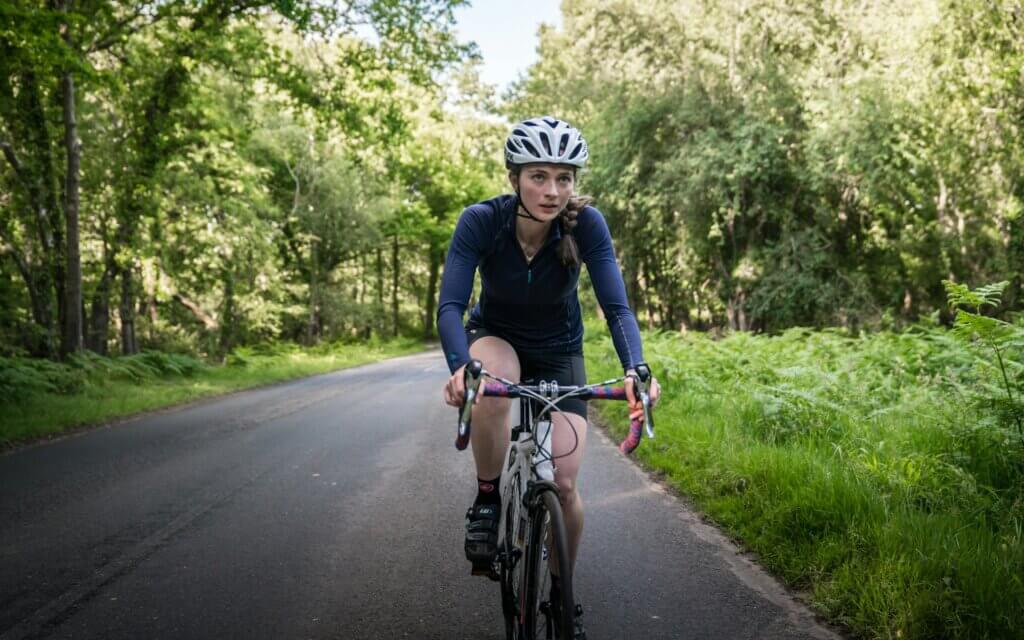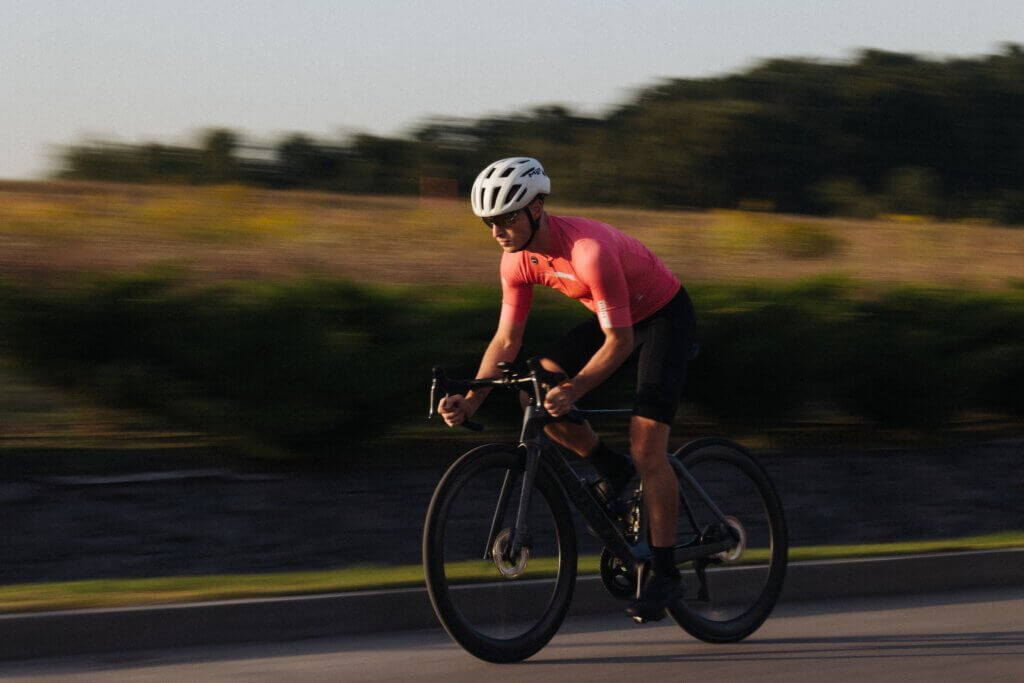As you start cycling, you’ll encounter a whole new vocabulary, and one term that might puzzle you is “cadence.” So, what exactly is cycling cadence and why does it matter for your riding?
Cadence, in its essence, is quite straightforward: it’s the number of times your pedals rotate per minute as you pedal. Cadence is measured in revolutions per minute (RPM). For instance, if your pedals make 75 rotations in one minute, your cadence would be 75 RPM.
However, if you’ve spent some time on the bike, you’ll notice that cyclists often pedal at different rates. Factors such as terrain, fitness level, and riding goals all influence what cadence works best for you.
Therefore, finding the best cadence for cycling is a personalized journey. However, regardless of your specific cadence preference, maintaining an optimal cadence is crucial for maximizing efficiency and minimizing fatigue during long rides.
There’s some debate about cadence, or the frequency at which you turn the pedals, and whether there’s an ideal number to aim for during your rides. To clear up the confusion, let’s delve into what exactly cadence entails and how it impacts your cycling experience.


